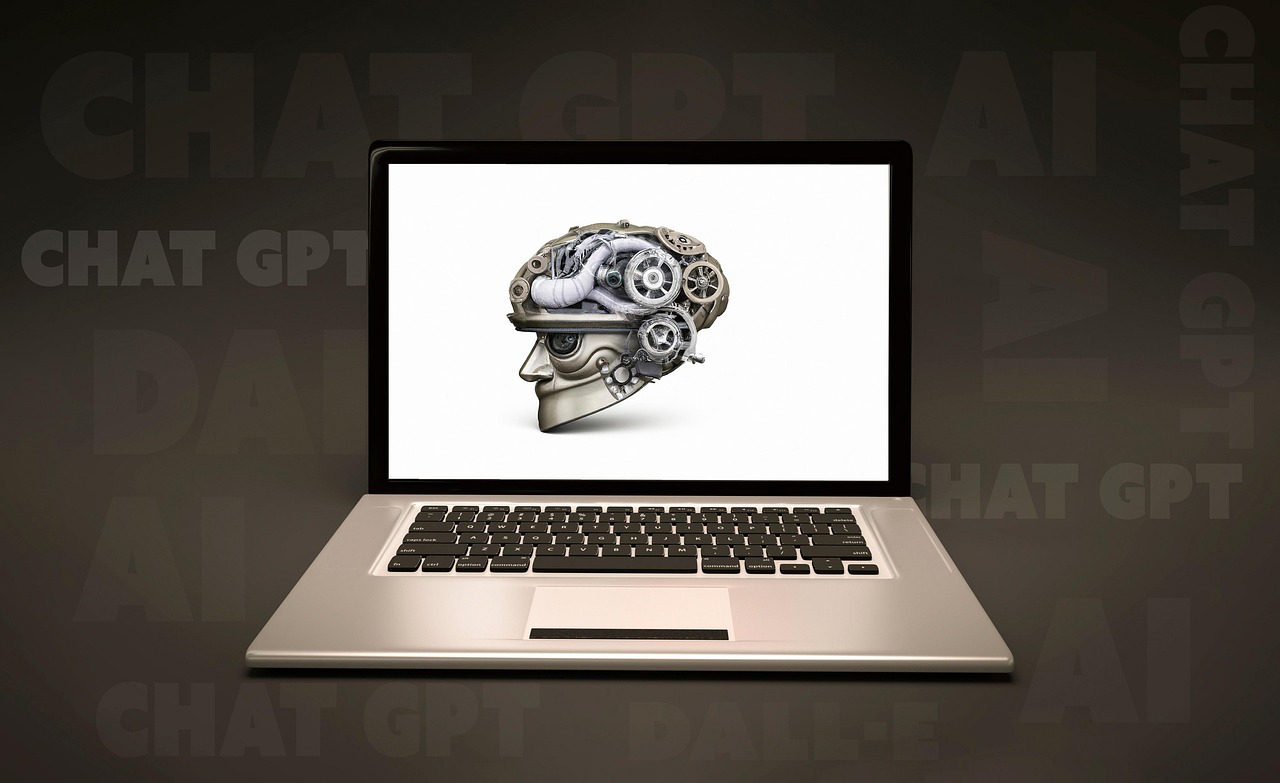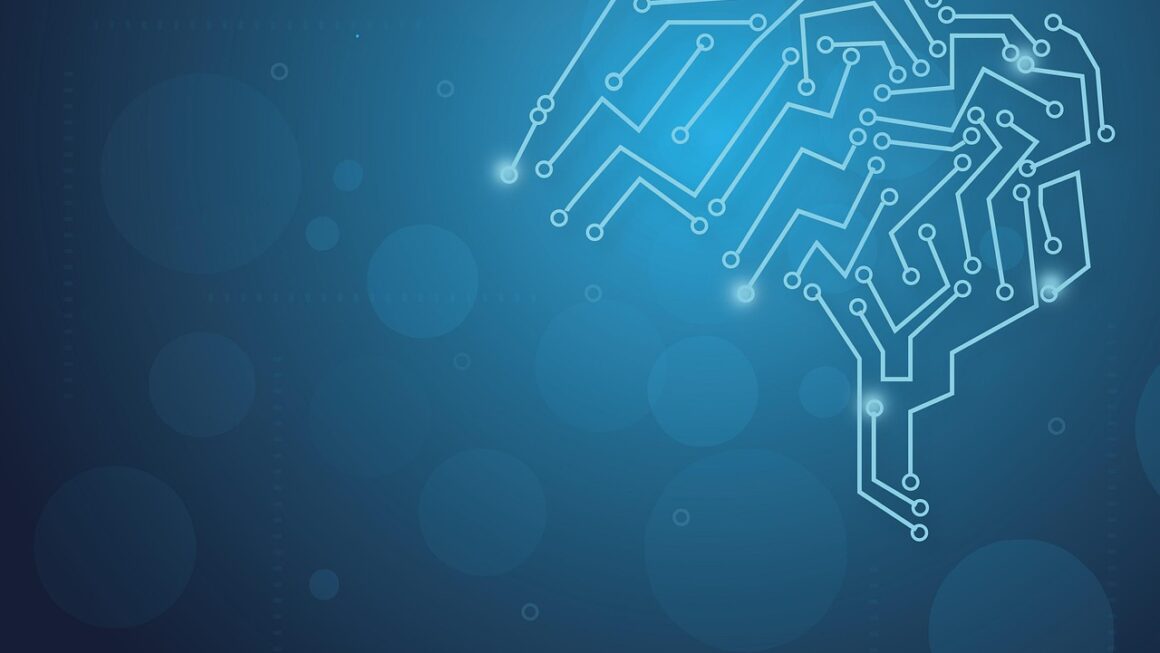The relentless march of artificial intelligence (AI) is transforming industries, redefining possibilities, and reshaping our world in profound ways. From self-driving cars to personalized medicine, AI development is no longer a futuristic fantasy, but a tangible reality driving innovation across every sector. This blog post delves into the intricate world of AI development, exploring key concepts, methodologies, and future trends, providing a comprehensive guide for anyone eager to understand and participate in this technological revolution.
Understanding the Core of AI Development
AI development is a multifaceted field that encompasses a wide range of techniques and approaches. At its core, it involves creating intelligent systems that can perform tasks that typically require human intelligence, such as learning, problem-solving, and decision-making.
Defining Artificial Intelligence
Artificial Intelligence (AI) is not a monolithic entity. It’s a broad term encompassing different subfields, each with its own specific focus and methodologies. Key aspects of AI include:
- Machine Learning (ML): Algorithms that allow computers to learn from data without explicit programming.
- Deep Learning (DL): A subfield of ML using artificial neural networks with multiple layers to analyze data.
- Natural Language Processing (NLP): Enables computers to understand, interpret, and generate human language.
- Computer Vision (CV): Allows computers to “see” and interpret images and videos.
- Robotics: The design, construction, operation, and application of robots, often integrating AI algorithms for autonomous behavior.
The AI Development Lifecycle
The AI development lifecycle is a structured process for creating and deploying AI solutions. While specific steps may vary based on the project, a typical lifecycle includes:
Key Technologies and Tools in AI Development
The AI development landscape is rapidly evolving, with new tools and technologies constantly emerging. Mastering these tools is crucial for successful AI development.
Programming Languages and Frameworks
- Python: The most popular language for AI development due to its extensive libraries and frameworks.
- TensorFlow: An open-source machine learning framework developed by Google.
- PyTorch: Another popular open-source machine learning framework known for its flexibility and ease of use.
- Keras: A high-level neural networks API written in Python, capable of running on top of TensorFlow, CNTK, or Theano.
- Scikit-learn: A Python library providing simple and efficient tools for data mining and data analysis.
- Example: Using Python with TensorFlow to build an image classification model involves defining the neural network architecture, training the model using a dataset of labeled images, and then evaluating its accuracy on a test set.
Cloud Platforms for AI
Cloud platforms offer scalable infrastructure and pre-built AI services that can significantly accelerate AI development.
- Amazon Web Services (AWS): Offers a wide range of AI services, including SageMaker for building, training, and deploying machine learning models.
- Google Cloud Platform (GCP): Provides AI Platform for machine learning and Vertex AI for end-to-end AI development.
- Microsoft Azure: Offers Azure Machine Learning for building, training, and deploying machine learning models.
- Example: A company can use AWS SageMaker to quickly train and deploy a fraud detection model by leveraging its managed infrastructure and pre-built algorithms.
Data Management and Processing
AI models are heavily reliant on data, so efficient data management and processing are essential.
- Databases: Relational databases (e.g., MySQL, PostgreSQL) and NoSQL databases (e.g., MongoDB, Cassandra) are used to store and manage large datasets.
- Data Pipelines: Tools like Apache Kafka, Apache Spark, and Apache Beam are used to build data pipelines for processing and transforming data.
- Data Visualization: Tools like Tableau and Power BI are used to visualize data and gain insights.
- Example: Using Apache Spark to process and clean large volumes of sensor data from IoT devices before feeding it into a machine learning model for predictive maintenance.
Ethical Considerations in AI Development
As AI becomes more prevalent, ethical considerations are paramount. Ensuring fairness, transparency, and accountability in AI systems is crucial to prevent unintended consequences.
Bias and Fairness
- Data Bias: AI models can perpetuate and amplify biases present in the training data.
- Algorithmic Bias: AI algorithms themselves can be biased due to design choices or unintended consequences.
- Example: A facial recognition system trained primarily on images of one ethnicity may perform poorly on individuals of other ethnicities, leading to biased outcomes.
- Mitigation Strategies:
Carefully curating and cleaning training data to remove or reduce bias.
Using fairness-aware algorithms that explicitly account for fairness metrics.
Regularly auditing AI systems for bias and unfairness.
Transparency and Explainability
- Black Box Models: Some AI models, particularly deep learning models, can be difficult to understand and interpret.
- Explainable AI (XAI): Developing techniques to make AI models more transparent and understandable.
- Example: Using XAI techniques to understand why a loan application was rejected by an AI-powered credit scoring system, allowing the applicant to understand the reasons and potentially take corrective action.
- Importance of Explainability:
Building trust in AI systems.
Identifying and correcting errors or biases.
Meeting regulatory requirements.
Privacy and Security
- Data Privacy: Protecting sensitive data used to train and operate AI models.
- Data Security: Ensuring the security of AI systems against cyberattacks and unauthorized access.
- Example: Implementing differential privacy techniques to protect the privacy of individuals whose data is used to train a medical diagnosis AI model.
- Mitigation Strategies:
Using anonymization techniques to protect sensitive data.
Implementing robust security measures to prevent unauthorized access.
Complying with data privacy regulations (e.g., GDPR, CCPA).
Future Trends in AI Development
The field of AI development is constantly evolving, with new trends emerging that promise to further revolutionize industries.
Edge AI
- Definition: Deploying AI models on edge devices (e.g., smartphones, sensors) rather than relying on cloud servers.
- Benefits:
Reduced latency.
Increased privacy.
Improved reliability.
- Example: Using Edge AI to process sensor data from autonomous vehicles in real-time, enabling faster and more reliable decision-making.
Generative AI
- Definition: AI models that can generate new data, such as images, text, and audio.
- Applications:
Content creation.
Drug discovery.
Product design.
- Example: Using generative AI models to create realistic synthetic data for training other AI models, particularly when real-world data is scarce or sensitive. Tools like DALL-E 2 and Stable Diffusion showcase the potential of generative AI in creating unique and diverse images from text prompts.
Quantum AI
- Definition: Combining quantum computing with AI to solve complex problems that are intractable for classical computers.
- Potential:
Faster training of AI models.
Solving optimization problems more efficiently.
Discovering new materials and drugs.
- Example:* Using quantum algorithms to optimize the parameters of a deep learning model, leading to faster training and improved accuracy.
Conclusion
AI development is a rapidly evolving and transformative field with the potential to solve some of the world’s most pressing challenges. By understanding the core concepts, mastering key technologies, addressing ethical considerations, and staying abreast of future trends, individuals and organizations can harness the power of AI to drive innovation, improve efficiency, and create a better future. Embracing lifelong learning and adapting to the ever-changing landscape of AI will be crucial for success in this exciting and dynamic field.




